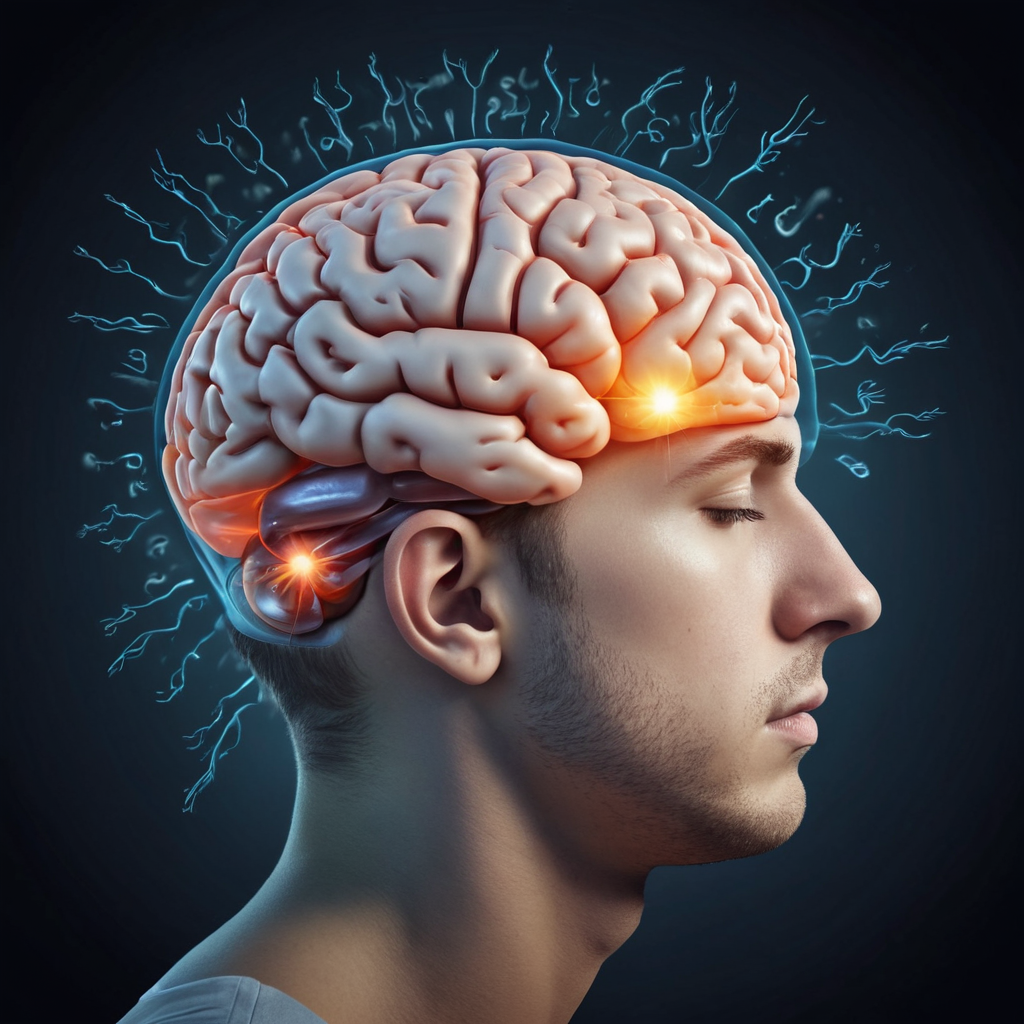Understanding Narcolepsy: A Complex Sleep Disorder
Narcolepsy is a chronic neurological disorder characterized by overwhelming daytime drowsiness and sudden attacks of sleep. Although relatively rare, affecting approximately 1 in 2,000 people worldwide, narcolepsy can significantly impact an individual’s daily life, affecting their productivity, safety, and overall well-being.
What is Narcolepsy?
Narcolepsy is often misunderstood as merely a condition where individuals fall asleep unexpectedly. However, it is far more intricate than that. It involves dysfunction in the brain’s ability to regulate sleep-wake cycles, leading to symptoms such as:
- Excessive Daytime Sleepiness (EDS): Individuals with narcolepsy experience persistent drowsiness throughout the day, regardless of how much sleep they get at night. This overwhelming urge to sleep can occur during various activities, including work, driving, or even in the middle of conversations.
- Cataplexy: Cataplexy is a sudden loss of muscle tone triggered by emotions such as laughter, surprise, or anger. During a cataplectic episode, individuals may experience weakness in their muscles, ranging from slight drooping of facial muscles to complete physical collapse. These episodes can vary in duration and intensity.
- Sleep Paralysis: Narcolepsy often involves sleep paralysis, a temporary inability to move or speak while falling asleep or waking up. Individuals may feel temporarily paralyzed, unable to move or speak, which can be frightening and disorienting.
- Hallucinations: Vivid dream-like hallucinations may occur during the transition between wakefulness and sleep or during sleep paralysis. These hallucinations can be visual, auditory, or tactile and often feel very real to the individual experiencing them.
Causes and Diagnosis
The exact cause of narcolepsy remains elusive, but it is believed to involve a combination of genetic and environmental factors. In most cases, narcolepsy is caused by a deficiency in the production of hypocretin, a neurotransmitter that plays a crucial role in regulating wakefulness and REM sleep.
Diagnosing narcolepsy can be challenging, as its symptoms can overlap with other sleep disorders. A comprehensive evaluation by a sleep specialist typically involves a thorough medical history, physical examination, and sleep studies such as polysomnography and multiple sleep latency testing (MSLT).
Treatment and Management
While there is currently no cure for narcolepsy, treatment aims to alleviate symptoms and improve overall quality of life. Treatment options may include:
- Stimulant Medications: Stimulant drugs such as modafinil or armodafinil are commonly prescribed to help individuals stay awake during the day.
- Selective Serotonin Reuptake Inhibitors (SSRIs) or Tricyclic Antidepressants: These medications can help manage symptoms of cataplexy, sleep paralysis, and hallucinations.
- Scheduled Naps: Planned short naps throughout the day can help manage excessive daytime sleepiness and improve alertness.
- Lifestyle Modifications: Adopting good sleep hygiene practices, such as maintaining a regular sleep schedule and creating a restful sleep environment, can also be beneficial.
Coping with Narcolepsy
Living with narcolepsy can be challenging, but with the right support and management strategies, individuals can lead fulfilling lives. Peer support groups, counseling, and education about the disorder can help individuals and their families better understand and cope with narcolepsy’s impact on daily life.
Conclusion
Narcolepsy is a complex neurological disorder that significantly affects sleep regulation and daily functioning. While there is no cure, effective management strategies and treatments are available to help individuals with narcolepsy lead productive and fulfilling lives. Increased awareness, research, and support are essential in improving diagnosis, treatment, and quality of life for those living with this condition.






